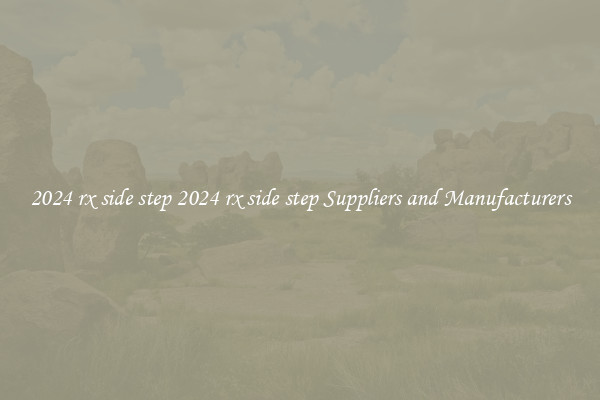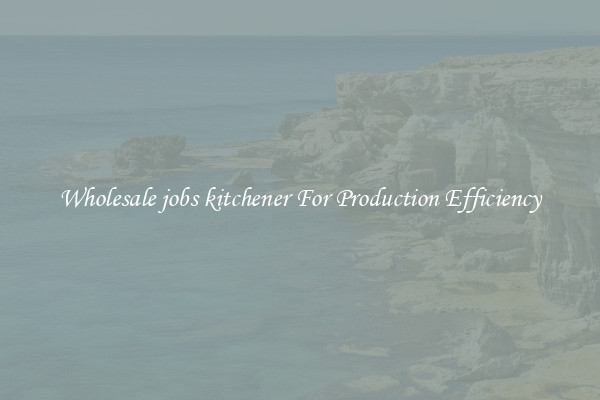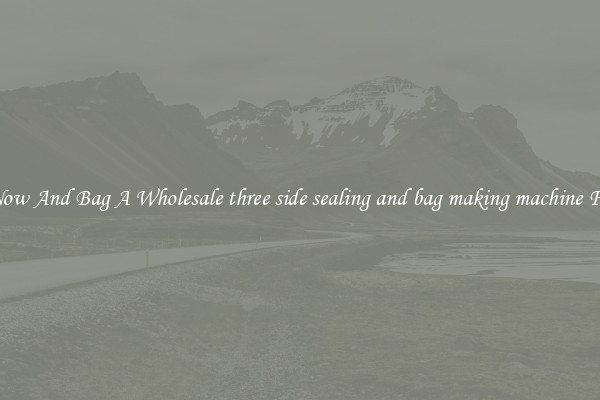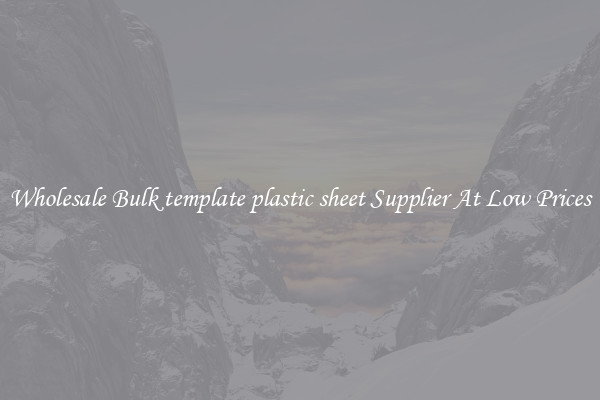Insulating Wholesale cutting face and side For Energy Efficiency
Insulating Wholesale cutting face and side For Energy Efficiency
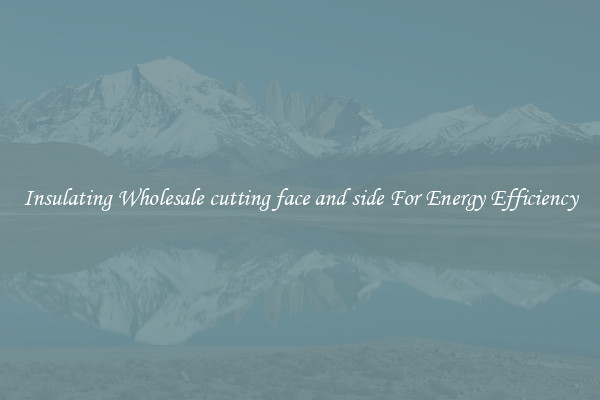
When it comes to energy efficiency, one of the most effective ways to make a significant impact is through proper insulation. Insulation helps to keep the indoor temperature stable, reducing the need for excessive heating and cooling. This not only saves on energy bills but also reduces the carbon footprint of a building. One popular method for insulating wholesale cutting face and side is through utilizing efficient insulation materials.
Firstly, let's understand what wholesale cutting face and side are. Wholesale cutting face refers to the exposed exterior surface of a building that directly interacts with the outside environment. On the other hand, the wholesale cutting side refers to the vertical surfaces of the building, including walls and windows.
When it comes to insulation, both the cutting face and side need to be adequately insulated to achieve maximum energy efficiency. One of the most common materials used for insulation is fiberglass. Fiberglass insulation works by trapping air in between its fibers, creating a barrier that prevents the transfer of heat.
To insulate the cutting face, batt insulation can be installed. Batt insulation, made from fiberglass or mineral wool, comes in pre-cut panels, making it easier to fit between wall studs. The panels are simply pressed against the cutting face, ensuring there are no gaps that would allow heat transfer. Adding a layer of rigid foam insulation can further improve the insulation value of the cutting face.
However, insulating the side is a bit more complex. One of the most effective methods for insulating the side is through the use of spray foam insulation. Spray foam is an expanding insulation material that fills every nook and cranny, providing a complete air seal. This is crucial for attaining optimal energy efficiency, as air leaks can significantly impact the overall insulation performance.
Another option for side insulation is blown-in insulation. This involves using a machine to blow loose-fill insulation, usually made of cellulose or fiberglass, into the wall cavities. Blown-in insulation conforms to irregular surfaces and fills gaps, ensuring proper insulation.
It is crucial to invest in high-quality insulation materials for wholesale cutting face and side. Choosing materials with a high R-value, which indicates the insulation's effectiveness, should be a priority. Additionally, hiring professional insulation contractors who can assess the building's unique requirements and install the insulation properly is essential.
In conclusion, insulating the wholesale cutting face and side of a building is crucial for achieving optimal energy efficiency. Whether it is through batt insulation, spray foam insulation, or blown-in insulation, the key is to create a complete seal that prevents air leaks and reduces heat transfer. By investing in proper insulation materials and professional installation, buildings can significantly reduce their energy consumption, lower their carbon footprint, and save on energy bills in the long run.

View details
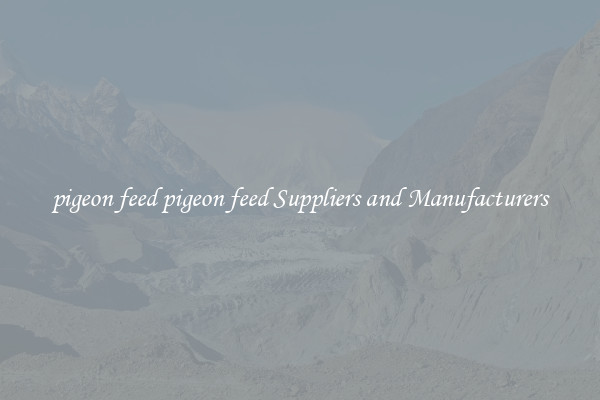
View details

View details

View details

